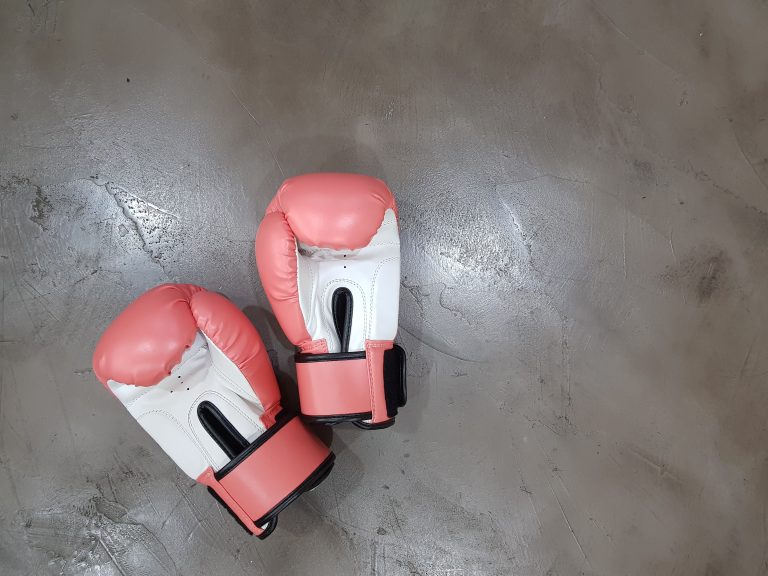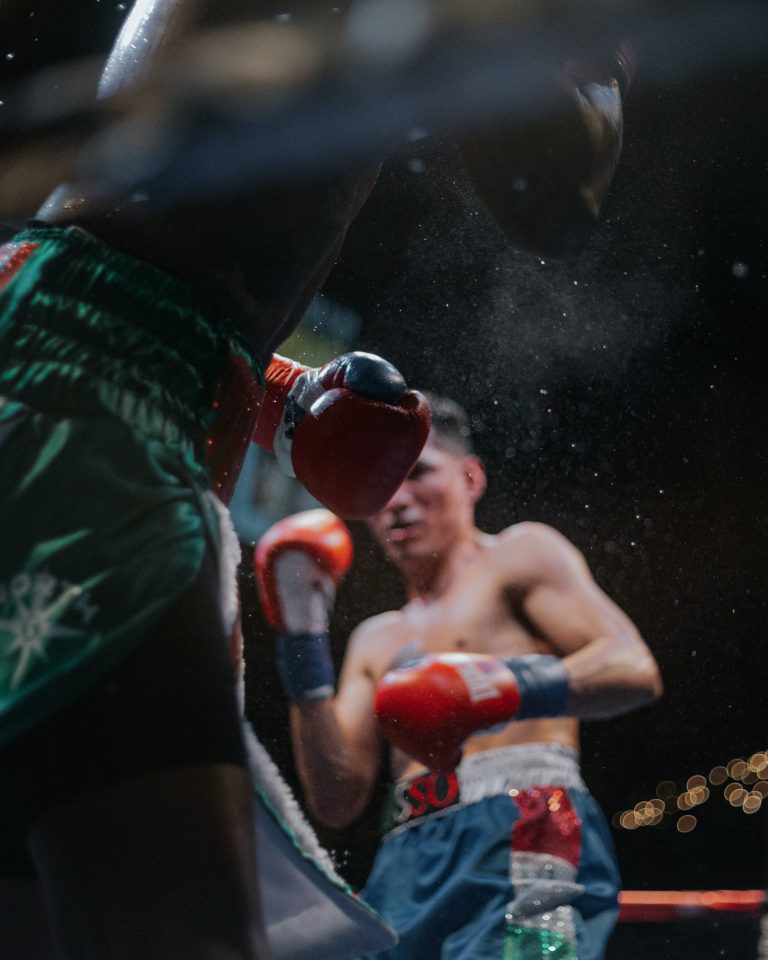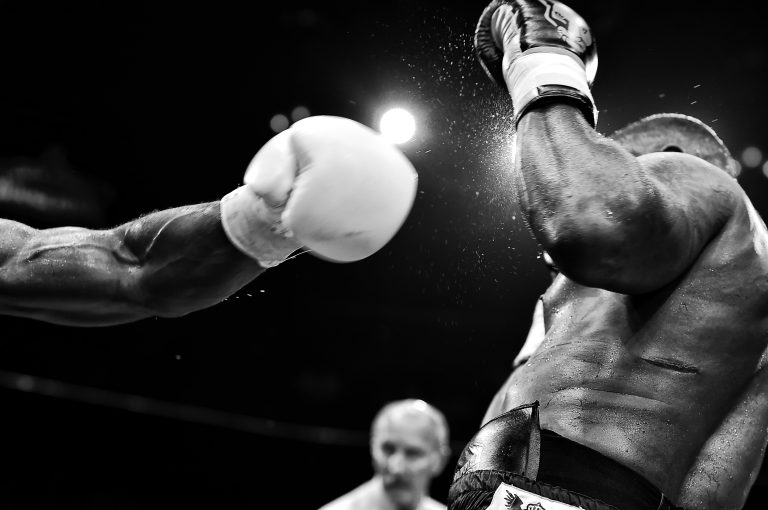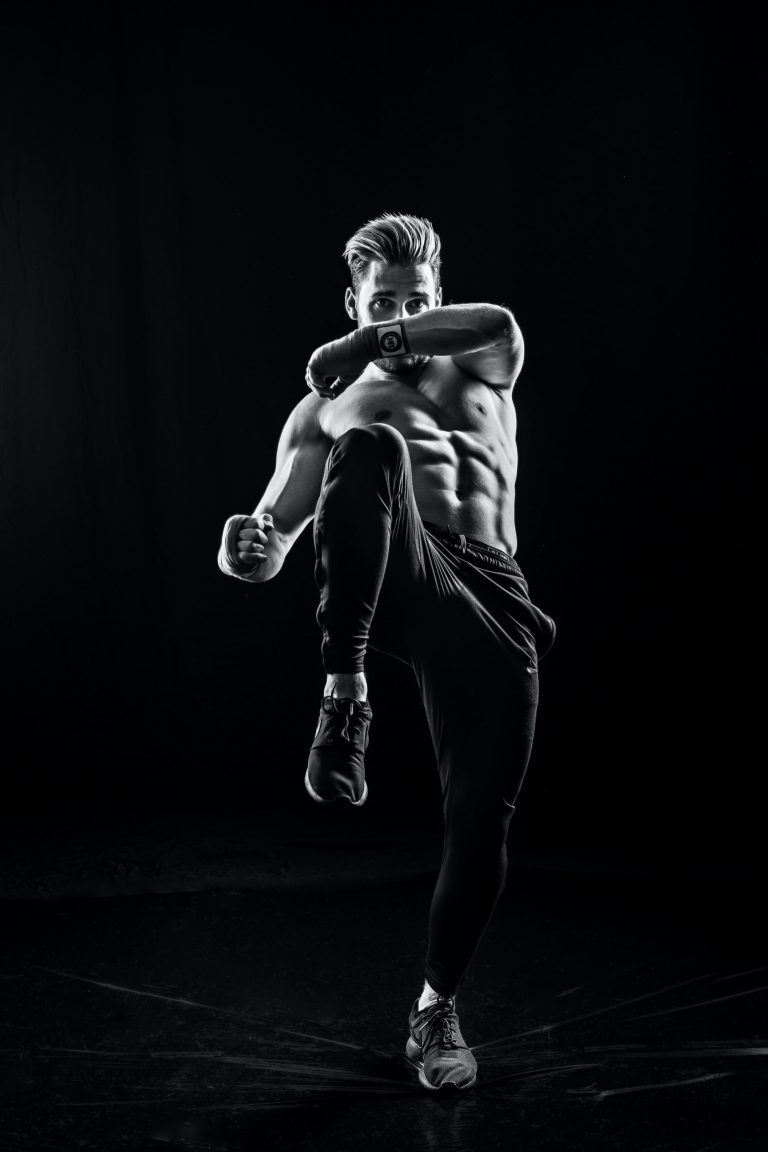Is Karate Good for Flexibility?
When it comes to martial arts, many people associate it with strength, power, and speed. However, there’s more to it than just physical abilities. Flexibility is also an essential aspect that can improve your performance and help you avoid injuries. Karate is known for its dynamic and acrobatic techniques, but is it good for flexibility? In this blog post, we are going to explore this topic and give you an answer backed up by scientific evidence.
The Benefits of Flexibility in Karate
Flexibility is defined as the range of motion of a joint or a muscle group. It is essential in martial arts because it allows you to perform techniques accurately, smoothly, and effectively. Here are some benefits of flexibility in karate:
1. Improved Technique
In karate, proper technique is crucial to maximize the power, speed, and accuracy of your movements. A stiff or inflexible body can restrict your range of motion and hinder your technique. By improving your flexibility, you can enhance your technique and execute movements with greater ease and efficiency.
2. Injury Prevention
Injuries are a common occurrence in martial arts, especially in contact disciplines like karate. A flexible body can absorb impact and adapt to sudden movements, reducing the risk of strains, sprains, or tears. Moreover, stretching can improve your posture, balance, and coordination, minimizing the chance of falls or other accidents.
3. Increased Range of Motion
Flexibility can also increase your range of motion, allowing you to perform movements that would otherwise be impossible. For instance, high kicks, splits, or backbends require a considerable degree of flexibility, which can only be achieved through consistent stretching and training.
The Science behind Karate and Flexibility
Now that we have established the benefits of flexibility in karate, let’s dive into the science behind it. A study published in the Journal of Strength and Conditioning Research examined the impact of static stretching on karate performance. Static stretching involves holding a position for a prolonged period, like touching your toes or doing a butterfly stretch. The research found that participants who did static stretching before a karate training session had a significant improvement in their hip joint flexibility compared to those who didn’t. Moreover, the study found that the group who performed static stretching had better balance in standing and kicking positions, indicating that flexibility can enhance karate performance.
Another study published in the International Journal of Sports Medicine investigated the effects of dynamic stretching on karate performance. Dynamic stretching involves moving a joint through its full range of motion, like doing leg swings or arm circles. The research found that dynamic stretching before a karate training session improved the participants‘ agility, speed, and explosive power. Moreover, the study concluded that dynamic stretching is more effective than static stretching in preparing the body for high-intensity activities like karate.
How to Improve Flexibility in Karate
Now that you know the benefits of flexibility in karate and the science behind it let’s explore how to improve it. Here are some tips to enhance your flexibility for karate:
1. Stretch Regularly
Stretching should be an integral part of your karate training routine. You can do static stretching after a light warm-up or after your training session. Dynamic stretching can be done as a part of your warm-up to prepare your body for the movements you will perform.
2. Include Specific Stretches
Different muscles and joints require different types of stretches. For instance, to increase your hamstring flexibility, you can do hamstring stretches like the seated forward bend or the standing hamstring stretch. To improve your hip joint mobility, you can do hip openers like the pigeon pose or the seated butterfly stretch. Consult with your karate instructor or a certified personal trainer to design a stretching program that suits your needs and goals.
3. Progress Gradually
Flexibility takes time and consistent effort to improve. Don’t push yourself too hard or force your body into positions that feel uncomfortable or painful. Instead, progress gradually by increasing the duration, frequency, or intensity of your stretches. Remember to breathe deeply and relax your muscles while you stretch.
Final Thoughts
In conclusion, karate is good for flexibility, and flexibility is essential for karate. By improving your flexibility, you can enhance your technique, prevent injuries, and increase your range of motion. The key is to stretch regularly, include specific stretches in your routine, and progress gradually. Remember to consult with your instructor or trainer and seek professional help if you experience any pain or discomfort. Armed with this knowledge, you can take your karate skills to the next level and enjoy the many benefits of a flexible body.
Is Karate Good for Flexibility? Commonly Asked Questions
Karate, a martial art developed in Japan, has become increasingly popular in recent years. One of the frequently asked questions about karate is whether it’s good for flexibility. Many people have various concerns about this topic, which we’ll address in this blog post. We’ll provide factual information to help you understand the benefits of taking karate as a means to improve your flexibility.
What Does Flexibility Mean in Karate?
Before we dive into the common questions regarding flexibility and karate, it’s essential to understand what flexibility means in this discipline. Flexibility in karate refers to the range of motion or the ability to move a body part through a full range of motion. Various stances, kicks, and strikes used in karate require flexibility, making it a crucial aspect of the practice.
Is Karate a Good Way to Improve Flexibility?
Karate is an ideal way to improve flexibility. The different stances, kicks, and punches used in karate can improve the range of motion in various joints, making them more flexible. Performing these techniques regularly, combined with stretching exercises, can gradually increase flexibility in individuals.
What Specific Movements Involve Flexibility in Karate?
There are several movements in karate that involve flexibility. Some of these movements include:
Kicks:
Karate involves several kick techniques, such as front kicks, sidekicks, roundhouse kicks, and spinning kicks. To perform these techniques, one must have flexible hips and hamstrings, as well as excellent balance. Performing these kicks regularly can improve flexibility in the hips, hamstrings, and lower back.
Punches:
Karate also involves many punching techniques, such as straight punches or cross punches. To perform these punches correctly, individuals require flexibility in their shoulders and arms. Practicing these movements regularly can increase flexibility and mobility in the shoulders and arms.
Stances:
Karate involves various stances such as the front stance, back stance, and horse stance. These stances require flexibility in the groin, hips, and legs. Practicing these stances regularly can improve flexibility in these areas.
How Often Do You Need to Practice Karate to Improve Flexibility?
The amount of time required to improve flexibility will vary depending on the individual. To achieve maximum benefits from karate, regular practice is necessary. It is recommended that individuals practice karate at least three times a week for thirty minutes to an hour each day. Consistent practice over time can significantly improve flexibility and range of motion.
Are There Any Precautions One Should Take When Practicing Karate for Flexibility?
Individuals should take some precautions when using karate as a means of improving their flexibility. For example, beginners should start with basic stretches and gradually increase the level of intensity. This approach will prevent injury and ensure there’s gradual progress in flexibility.
It’s also essential to listen to your body and avoid forcing any movements beyond your capabilities. Overstretching can cause injuries that will take time to recover from, adversely affecting flexibility progress.
How to Improve Flexibility with Karate Training
Stretching exercises can help you increase flexibility, but have you considered martial arts training? Karate is not only an excellent way to learn self-defense, but it can also help you develop better flexibility. In this guide, we’ll explore how you can use karate training to improve your flexibility.
Step 1: Start with Warm-up Exercises
The first step in any karate training session is warming up your body. Doing so allows your muscles to loosen up, promoting blood flow to your muscles, and safeguarding you from potential injuries. Warming up exercises for karate involve running, jumping, push-ups, and basic martial arts moves like front kicks and side kicks.
Step 2: Perform Static Stretching
After warming up, it is time to engage in static stretching. Static stretching involves holding a position for 10 to 30 seconds, so your muscles can stretch fully. Static stretching can help reduce your risk of pulling a muscle and prepare your muscles for more dynamic actions, such as kicking.
In karate, you can do some static stretches such as:
- Side Leg Split Stretch
- Butterfly Stretch
- Single Leg Forward Bend
- Shoulder Stretch
Step 3: Perform Dynamic Stretching
After static stretching, it’s time for dynamic stretching. These are exercises that require movement rather than holding a pose, stretching and moving joints and joints through their range of motion. One critical consideration is to maintain control of movement and not push motions beyond what is safe or comfortable.
Examples of dynamic stretching exercises for karate include:
- Jumping Jacks
- Butt Kicks
- High Knees
- Crossover Leg Swings
Step 4: Incorporate Kicking Drills
Karate classes always involve kicking drills. These are powerful moves, and incorporating them into your training can help increase flexibility as they require great leg and hip movements, so regularly practicing these drills is a great way to increase range of motion and strength.
Some kicking drills for improving flexibility include:
- Front Kicks
- Roundhouse Kicks
- Side Kicks
- Crescent Kicks
Step 5: Add Strength Training
Strength training is a way to improve your muscular endurance, strength, and balance. Karate training naturally involves strength training, but you can also add strength training exercises to build the power of the muscles that support the body’s movement.
Here are some strength training exercises in karate:
- Push-Ups
- Sit-Ups
- Squats
- Weight Lifting (free-weights, bands or machines)
It is advisable to consult an instructor or certified trainer for any strength training program to ensure that you are following appropriate techniques to achieve results and avoid injury or overworking your body.
Conclusion
Karate is an excellent way to train the body and mind, and incorporating it into your workout plan for increased flexibility is an inspired decision. From warm-ups to strength training, karate offers a comprehensive approach to physical fitness all while learning incredible skills that will enable you to defend yourself.
By following the techniques described in this guide, you can use karate training to enhance flexibility, increase strength and endurance and boost your overall physical fitness.
Inhaltsverzeichnis






